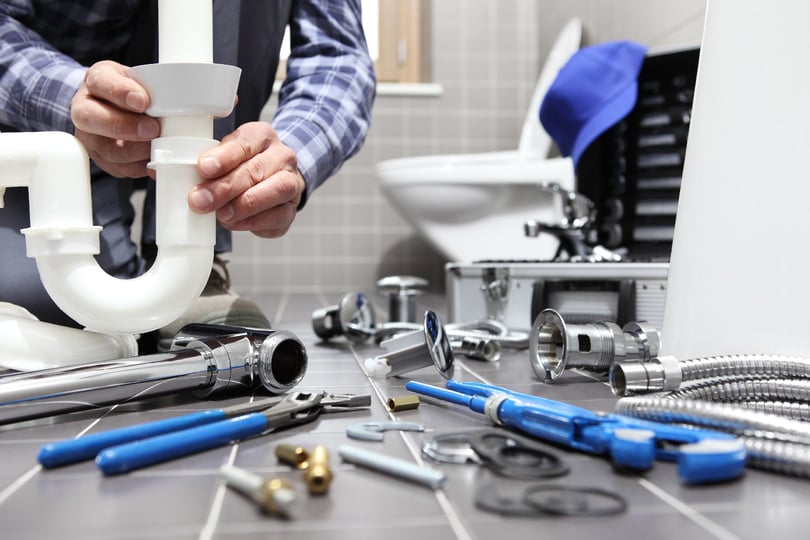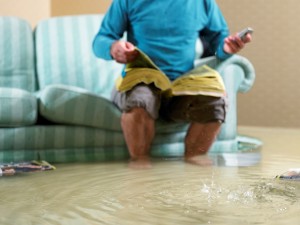When to Do It Yourself and When to Consult a Plumbing Professional
When to Do It Yourself and When to Consult a Plumbing Professional
Blog Article
We have stumbled on this post on When to DIY and When to Call in the Plumbing Pros down the page on the net and believe it made sense to relate it with you on my blog.

Introduction
Plumbing problems can range from minor hassles to significant frustrations, often motivating property owners to choose between tackling the trouble themselves or calling a specialist plumbing professional. Understanding when to DIY and when to seek specialist assistance can conserve time, cash, and stop potential calamities. This write-up checks out the aspects to think about when making this critical choice.
Advantages of DIY Pipes
Taking on plumbing jobs yourself can be satisfying in numerous ways, especially for easier tasks.
Cost Financial savings
DIY plumbing projects typically conserve cash by staying clear of professional service fees. Jobs like taking care of small leaks, changing taps, or setting up brand-new showerheads are instances where home owners can manage repair services without employing a plumbing professional.
Ability Enhancement
Engaging in DIY pipes supplies a chance to learn and improve functional abilities. Standard tasks encourage home owners to comprehend their plumbing systems far better and obtain self-confidence in handling little repair work separately.
Risks of DIY Plumbing
While DIY jobs provide advantages, certain threats should be meticulously considered prior to trying repair work.
Intricacy of Tasks
Some plumbing concerns require customized knowledge and tools past regular house owner capacities. Mishandling complex issues can cause further damages and costly repair services.
Safety Issues
Dealing with plumbing systems includes dangers such as exposure to water damage, potential for electrical hazards, and managing tools incorrectly. Safety preventative measures have to be observed to avoid mishaps and make sure reliable repair services.
Indicators to Call an Expert Plumbing
Identifying when a pipes concern goes beyond DIY capacities is important to stop worsening problems.
Signs of Complicated Concerns
Examples consist of:
Trigger expert intervention is essential to address these problems efficiently and decrease damage.
Do It Yourself Pipes Tips
For effective DIY pipes, it's essential to be prepared with the right tools and comply with appropriate treatments.
Fundamental Tools and Materials
Secret devices for do it yourself pipes:
Step-by-Step Guides
Clear directions ensure safe and reliable DIY repair services:
Selecting the Correct Time to DIY
Determining when to deal with plumbing tasks on your own needs evaluating both the intricacy of the concern and personal comfort degrees.
Assessment List
Take into consideration:
When to Most Definitely Call a Specialist
Particular scenarios require prompt experienced focus to stop considerable damages or security threats.
Examples include:
Finding and Working With a Professional Plumbing
Picking a qualified plumber guarantees dependable solution and peace of mind in settling plumbing concerns.
Criteria for Choice
Factors to take into consideration:
Cost Analysis: DIY vs. Professional Services
Comparing the economic implications of do it yourself initiatives versus expert plumbing solutions helps in making informed choices.
Financial Considerations
Assess:
Final thought
Making a decision whether to DIY or call an expert plumbing technician hinges on recognizing the complexity of pipes problems and personal capabilities. By considering the benefits and dangers, homeowners can make informed choices that advertise reliable upkeep and protect their homes from pipes catastrophes.
DIY Plumbing Projects: What Homeowners Can Do and When to Call a Professional
Welcome to our comprehensive guide on DIY plumbing projects. In this blog post, we aim to empower homeowners with the knowledge and skills to tackle basic plumbing tasks around the house. From unclogging drains to fixing a leaky faucet, we’ll walk you through step-by-step instructions on how to handle these common issues.
However, not all plumbing problems can or should be solved with a DIY approach. Recognizing when a problem is beyond your skill level and requires professional intervention is just as important as knowing how to perform basic tasks. We’ll also discuss the signs that indicate it’s time to put down your tools and pick up the phone to call a professional plumber. By understanding when to DIY and when to call a professional, you can save time, avoid potential disasters, and ensure your home’s plumbing system remains in top shape.
Understanding Plumbing Basics
Before we dive into the DIY projects, let’s take a moment to understand the basics of your home’s plumbing system. A typical residential plumbing system consists of two major components: the water supply system, which brings fresh water into your home, and the drainage system, which removes waste water. These systems are made up of a network of pipes, valves, and fixtures that work together to deliver clean water and dispose of waste efficiently.
Regular maintenance of your plumbing system is crucial to prevent minor issues from escalating into major problems. This includes tasks like checking for leaks, removing minor clogs, and ensuring your pipes are insulated for winter. By performing these tasks regularly, you can extend the lifespan of your plumbing system, save money on water bills, and maintain the comfort and hygiene of your home.
In the following sections, we’ll explore some common DIY plumbing projects that homeowners can handle, as well as situations that require the expertise of a professional plumber. Whether you’re a seasoned DIY enthusiast or a beginner, this guide will provide you with valuable insights into the world of home plumbing.
DIY Plumbing Projects Homeowners Can Handle
Plumbing may seem intimidating, but there are several tasks that homeowners can confidently tackle with a little guidance and the right tools. Here are a few common issues you might encounter and how to address them.
Unclogging Drains
Use a Plunger: This is your first line of defense. A good old-fashioned plunger can dislodge the obstruction and clear the drain in many cases. Try a Plumber’s Snake or Hand Auger: If the plunger doesn’t work, a plumber’s snake or hand auger can reach deeper into the pipe to break up the clog. Use a Drain Cleaner: If physical methods fail, a chemical drain cleaner can dissolve the clog. However, use these products sparingly as they can damage your pipes if overused.

I am just very focused on When to DIY and When to Call in the Plumbing Pros and I am praying you enjoyed reading my piece. For those who appreciated our blog posting plz make sure you remember to pass it around. Thank-you for taking the time to read it.
Schedule Services Report this page